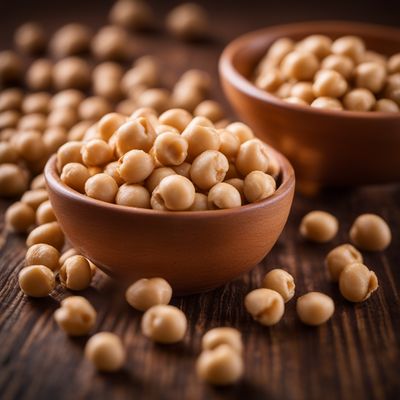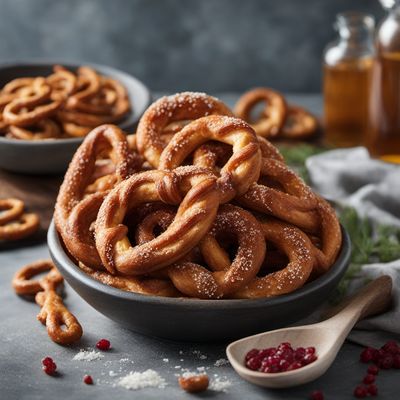
Ingredient
Pulses flour
Versatile Powerhouse
Pulses flour is a fine powder made by grinding dried pulses like lentils, chickpeas, or beans. It has a slightly nutty flavor and a smooth texture. This flour is a powerhouse of nutrients and is commonly used as a gluten-free alternative in baking, cooking, and as a thickening agent.
Origins and history
Pulses have been cultivated for thousands of years and have been a staple in many traditional diets around the world. Pulses flour has gained popularity in recent years due to its nutritional benefits and versatility in various cuisines.
Nutritional information
Pulses flour is a rich source of plant-based protein, dietary fiber, vitamins, and minerals. It is low in fat and cholesterol-free, making it a healthy choice for individuals following a vegetarian or vegan diet. It also has a low glycemic index, which helps in maintaining stable blood sugar levels.
Allergens
Pulses flour may contain allergens such as soybeans or peanuts, depending on the specific pulses used in its production. It is important to check the packaging for any allergen warnings before consuming.
How to select
When purchasing pulses flour, look for a reputable brand that offers high-quality products. Check the packaging for any signs of damage or tampering. Opt for organic or non-GMO options if available.
Storage recommendations
To maintain the freshness and quality of pulses flour, store it in an airtight container in a cool, dark place, away from moisture and direct sunlight. Proper storage can help extend its shelf life for several months.
How to produce
Producing pulses flour at home requires dried pulses of your choice and a high-speed blender or food processor. Simply grind the dried pulses until they turn into a fine powder. Store the flour in an airtight container in a cool, dry place.
Preparation tips
Pulses flour can be used as a gluten-free alternative in baking, such as making bread, pancakes, cookies, or muffins. It can also be used as a thickening agent in soups, stews, sauces, and gravies. Additionally, pulses flour can be incorporated into savory dishes like veggie burgers, falafels, or as a coating for fried foods.
Substitutions
Almond flour, coconut flour, or oat flour can be used as substitutes for pulses flour in baking recipes. However, keep in mind that the flavor and texture may vary.
Culinary uses
Pulses flour is commonly used in gluten-free baking, as a thickening agent, and in vegetarian or vegan recipes. It is a versatile ingredient that can be incorporated into a wide range of dishes, from bread and desserts to savory meals.
Availability
Pulses flour is commonly available in most grocery stores, health food stores, and online retailers. It is cultivated and consumed worldwide, with major producers including India, Canada, Australia, and the United States.


